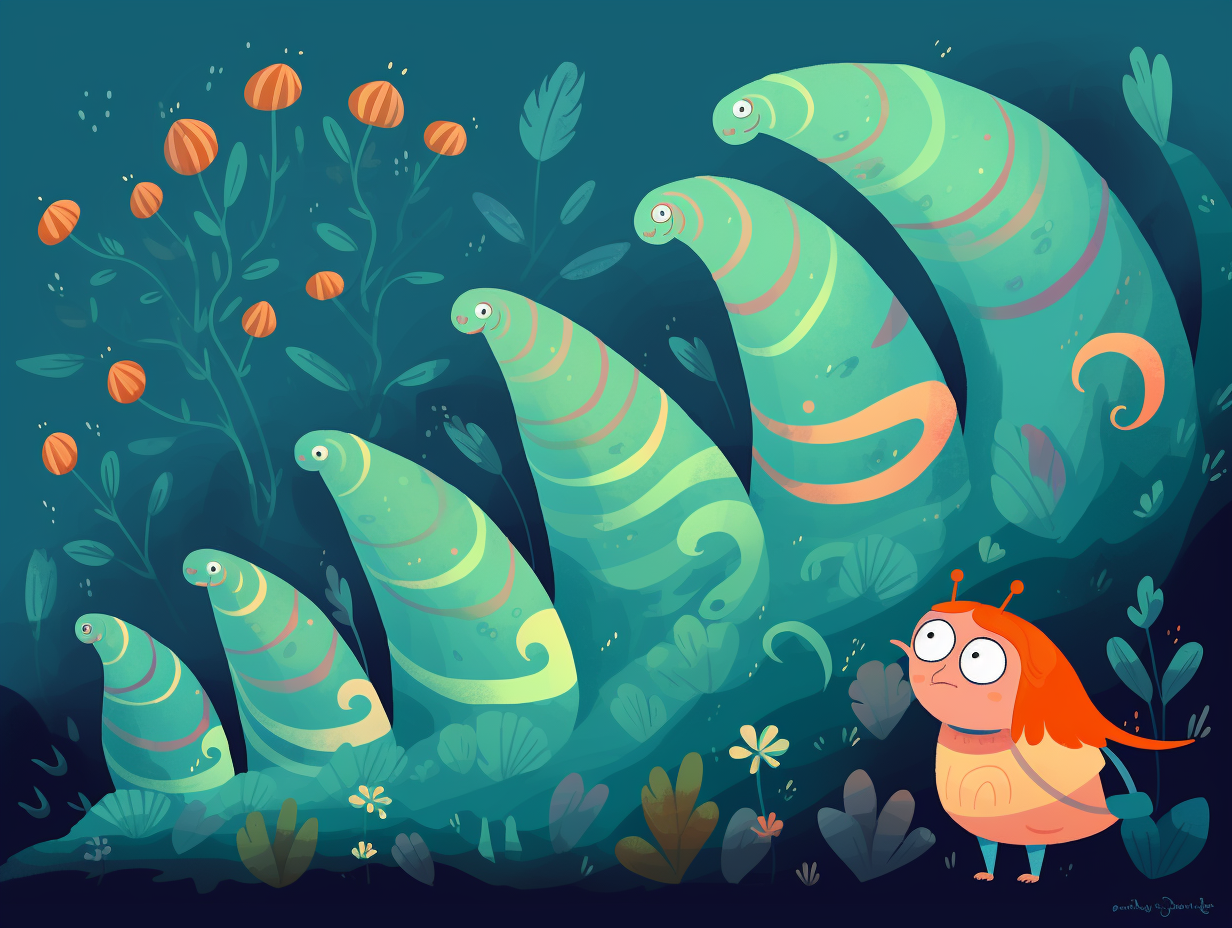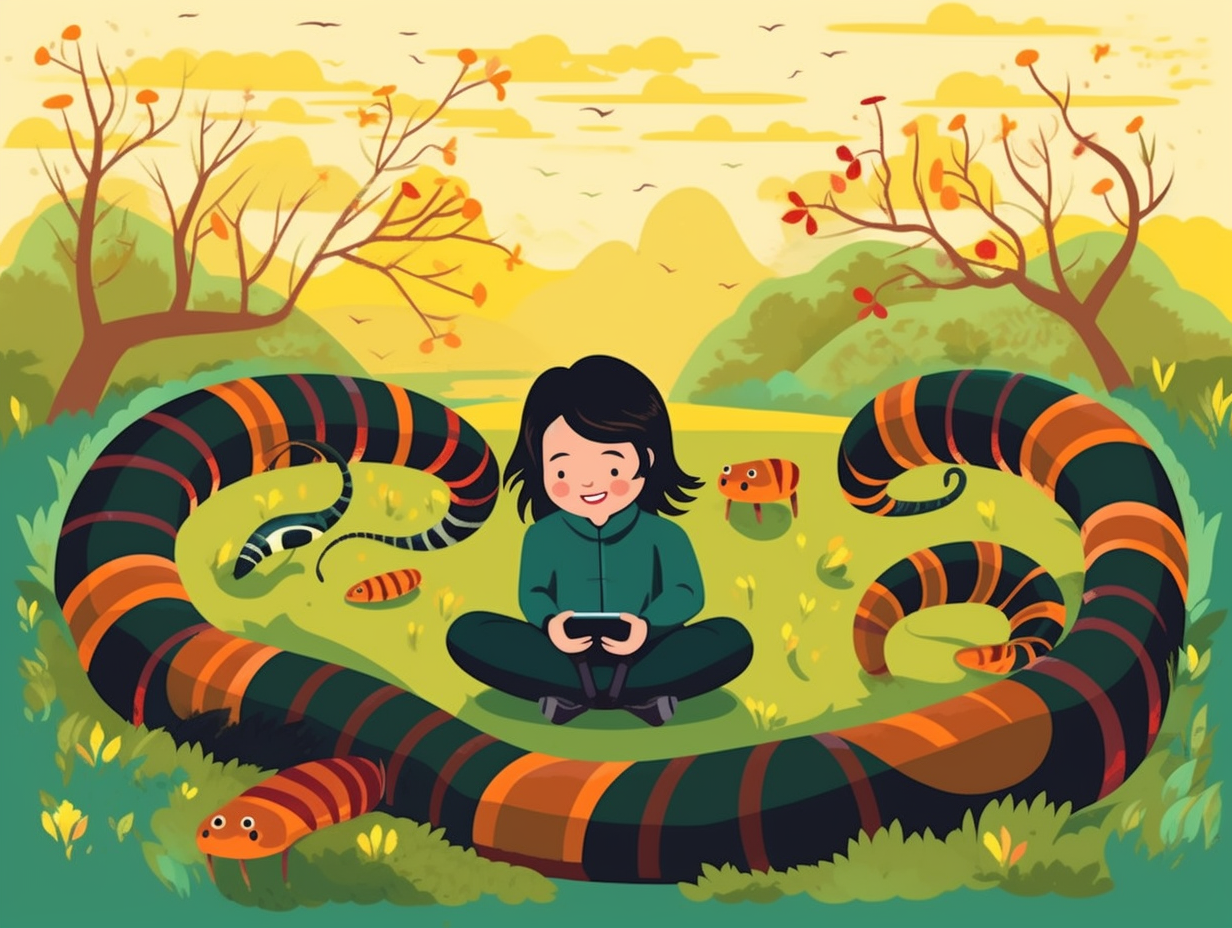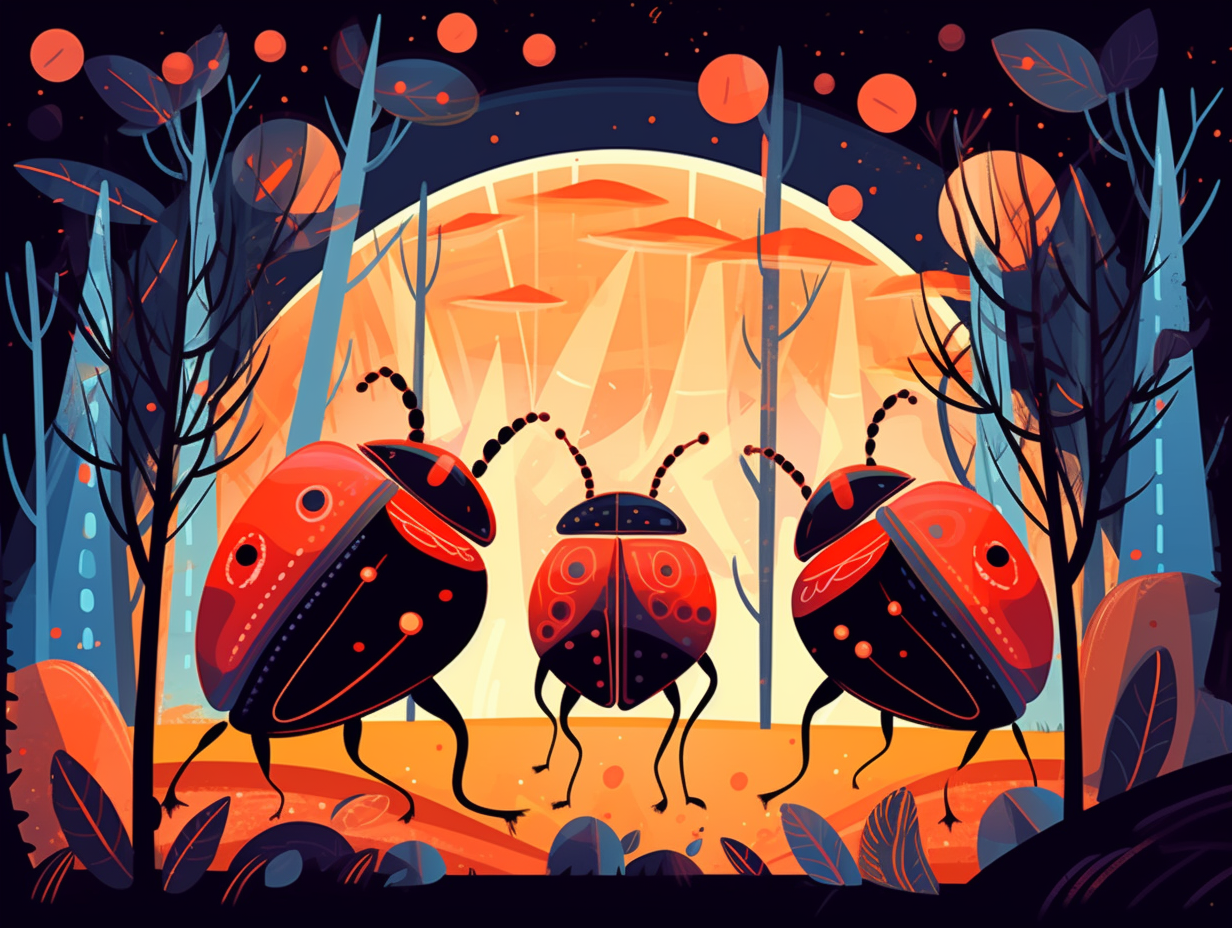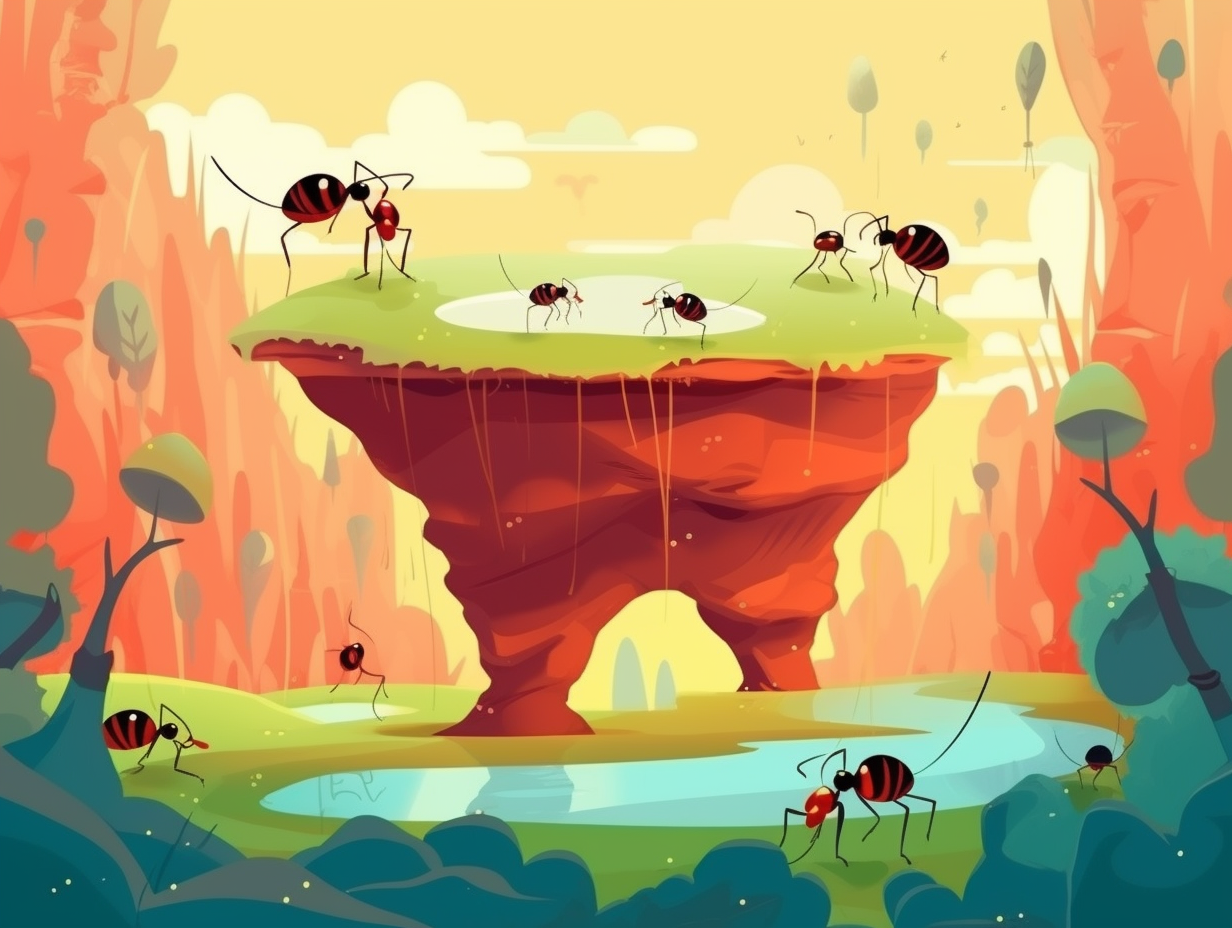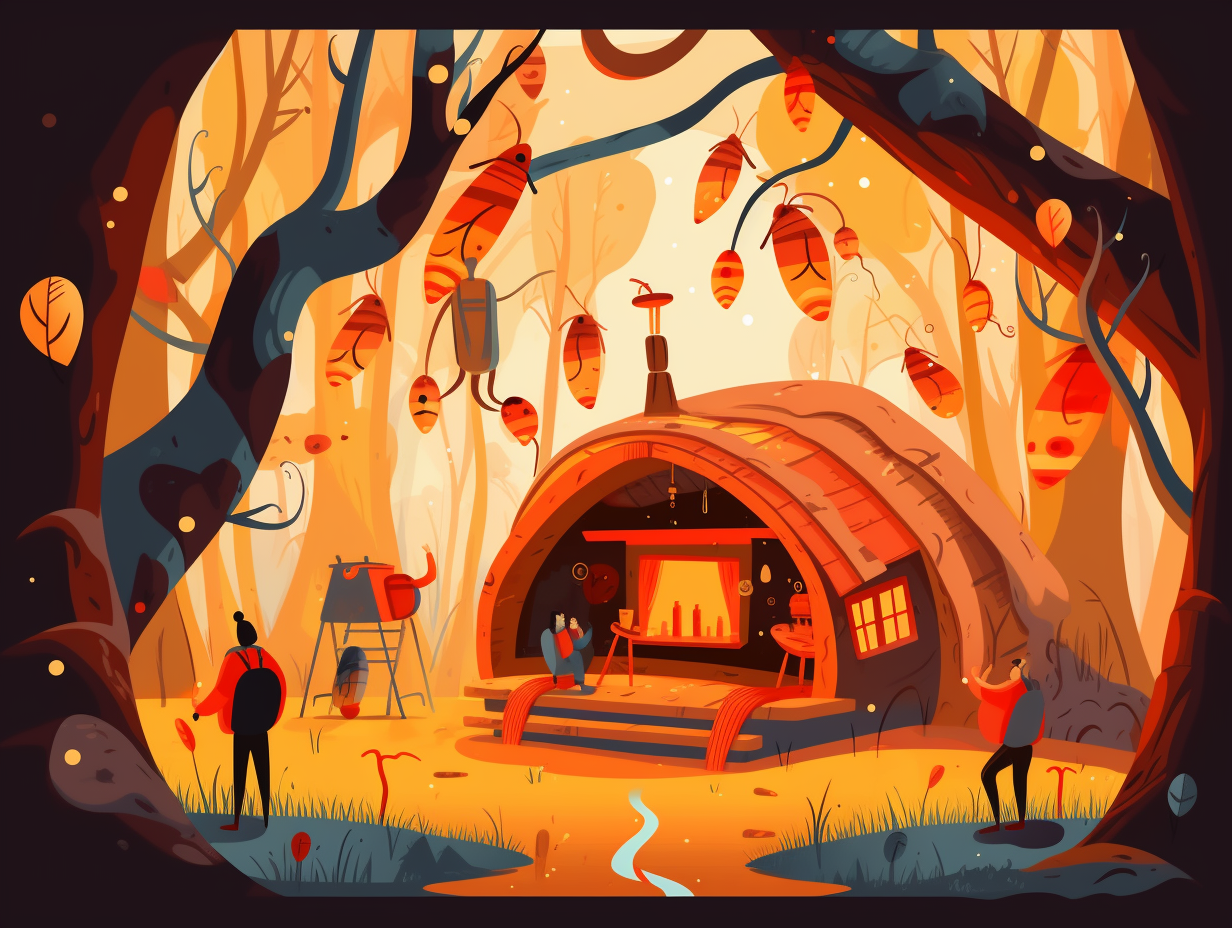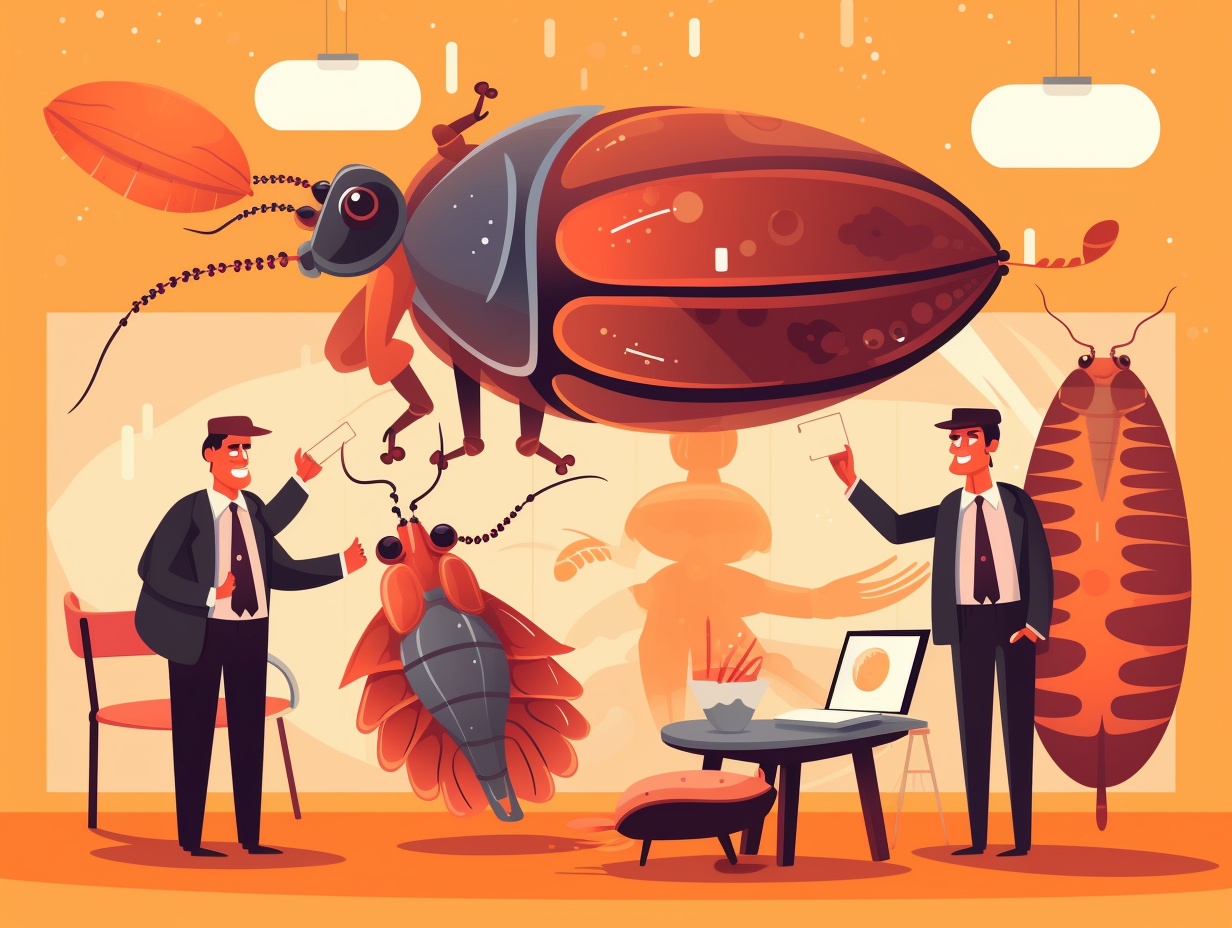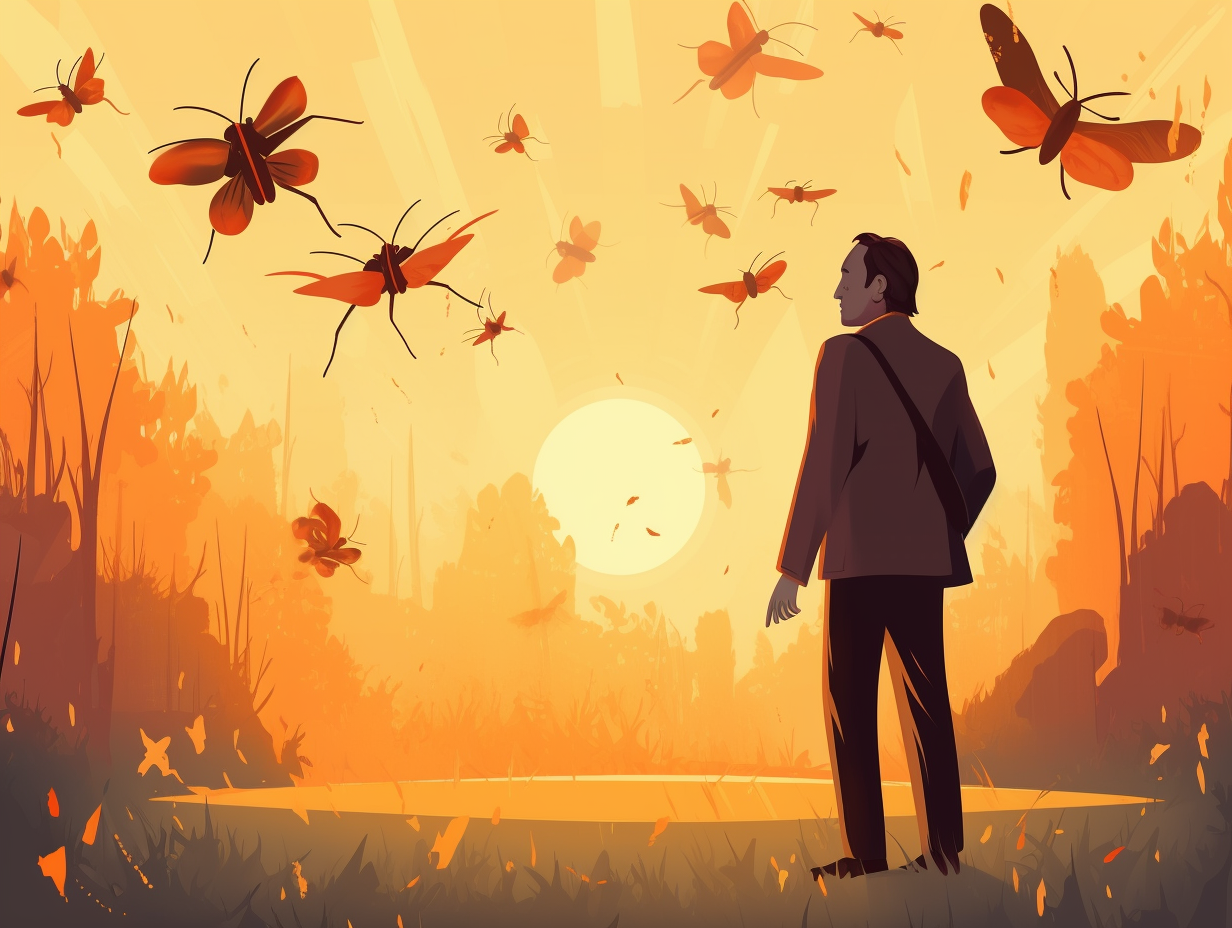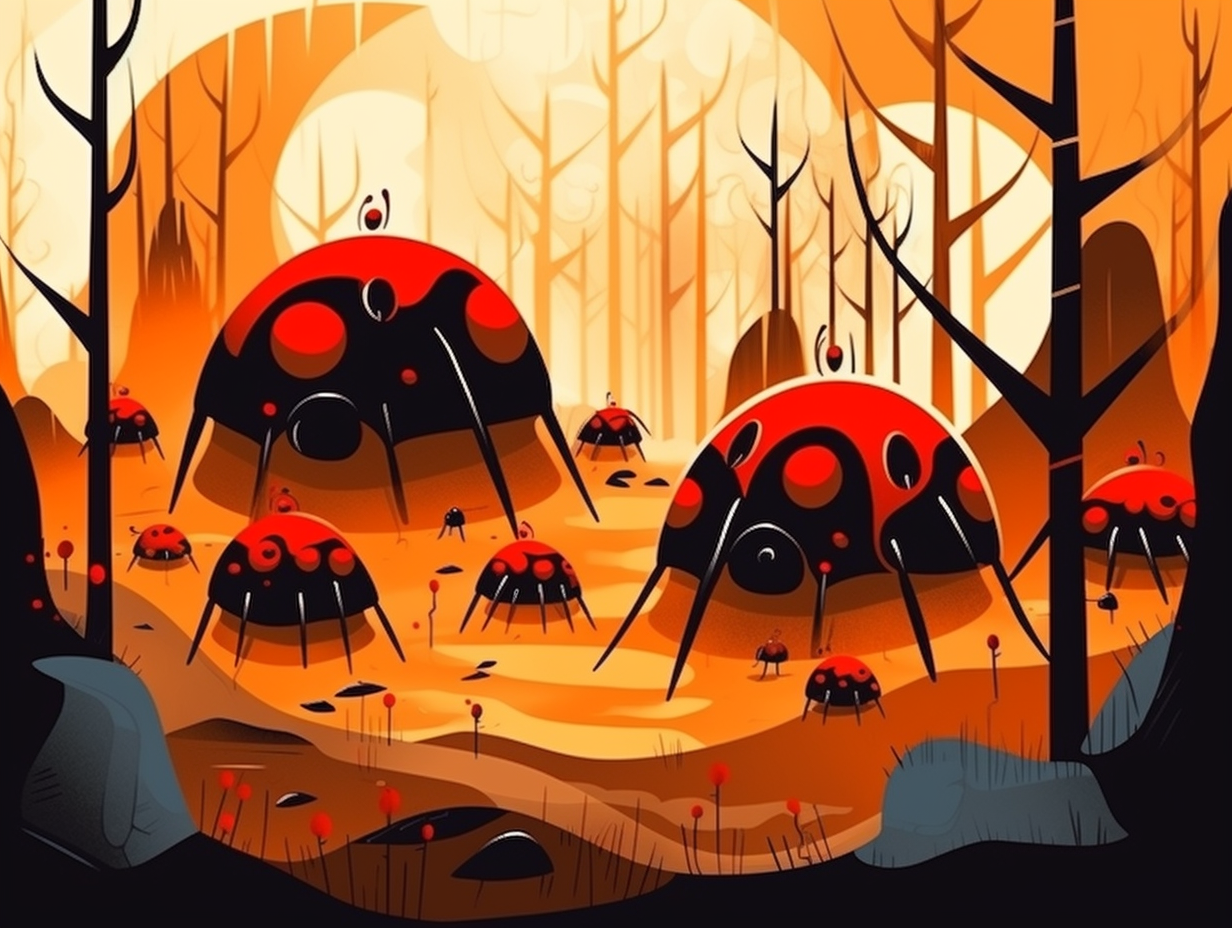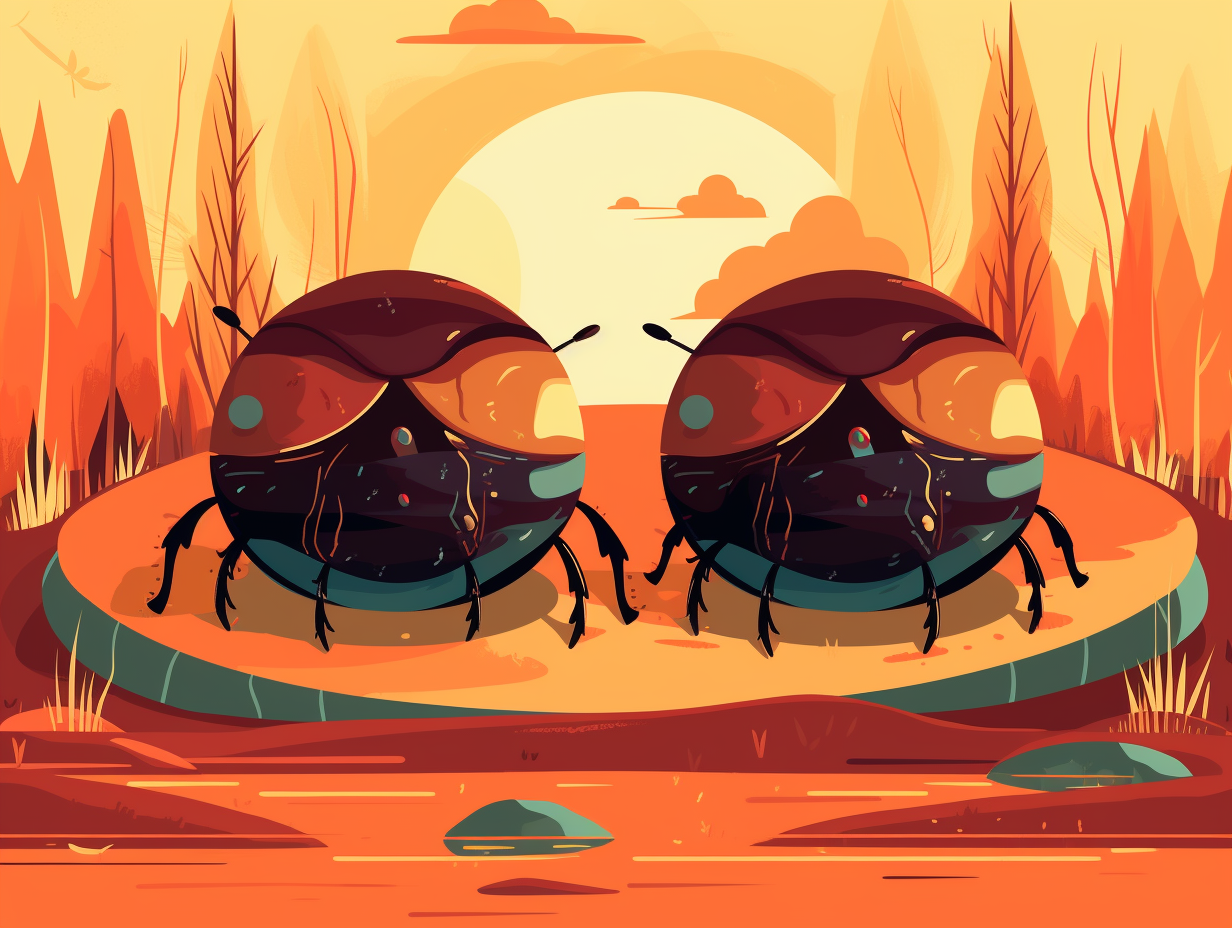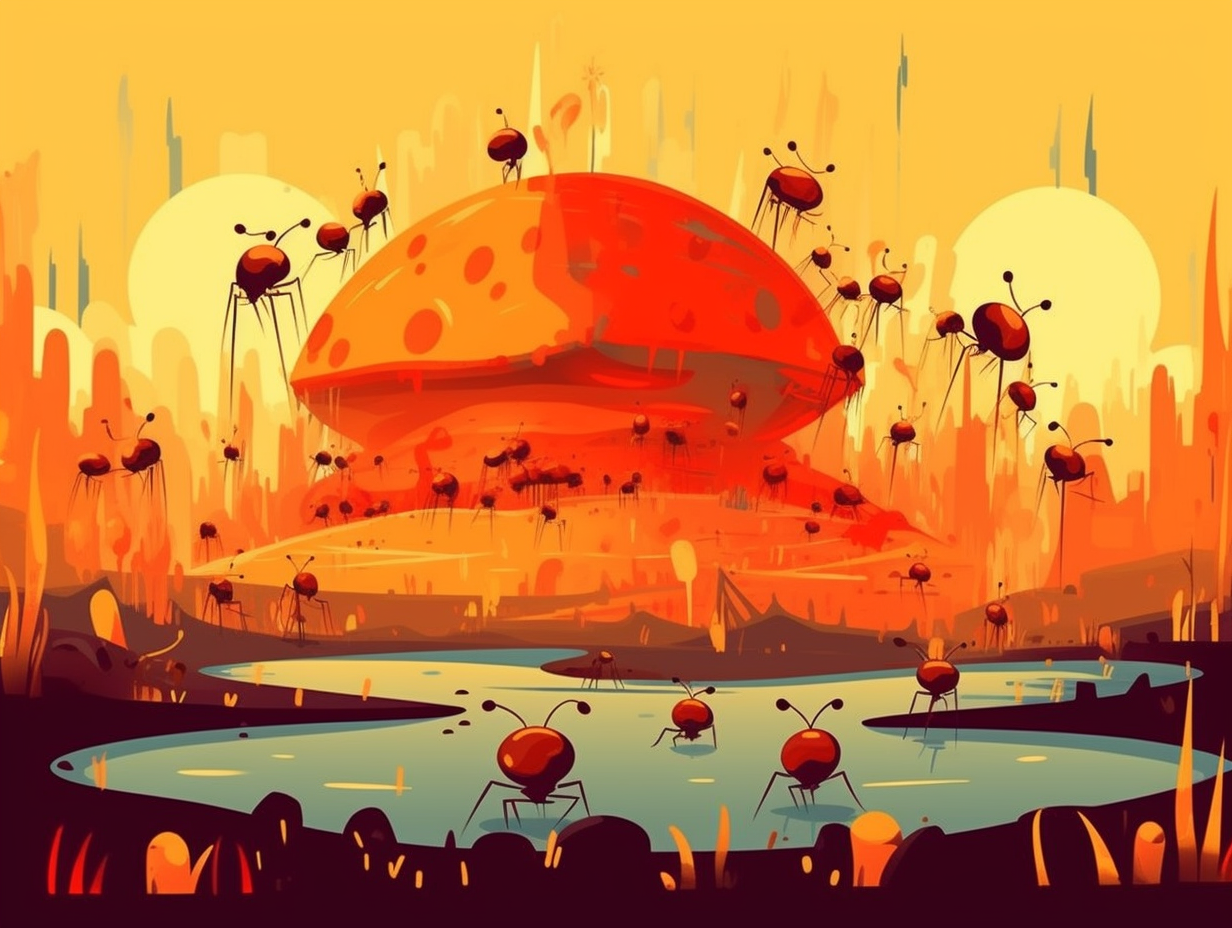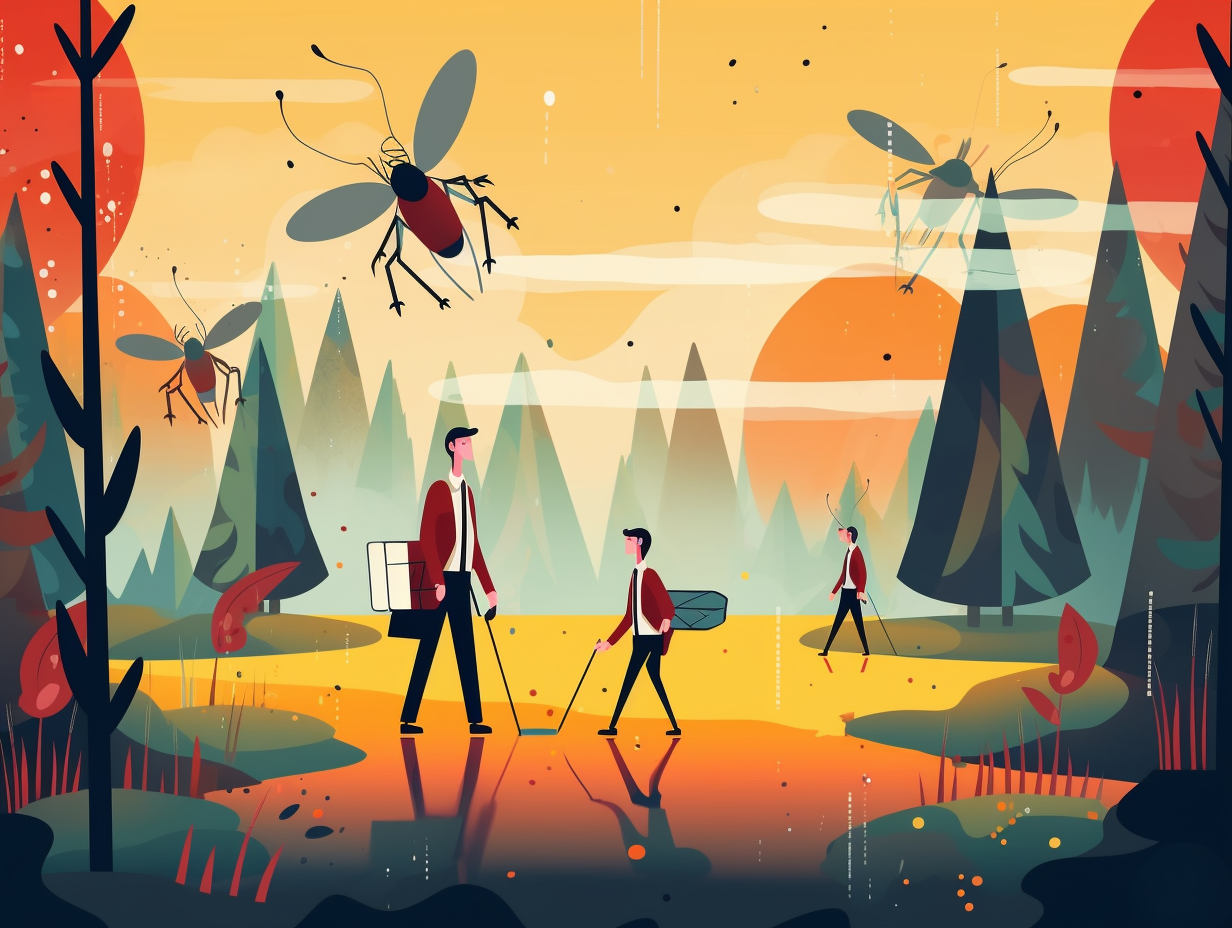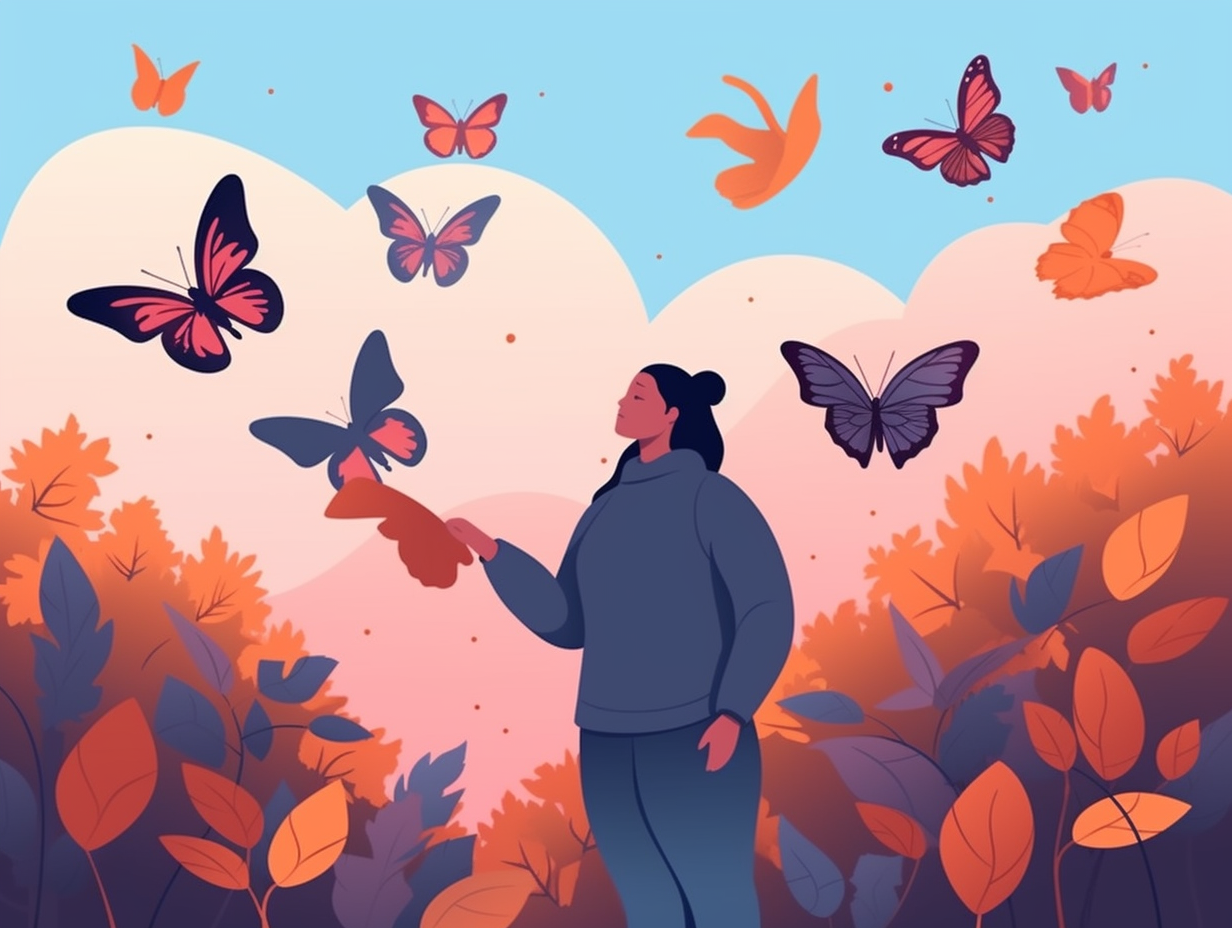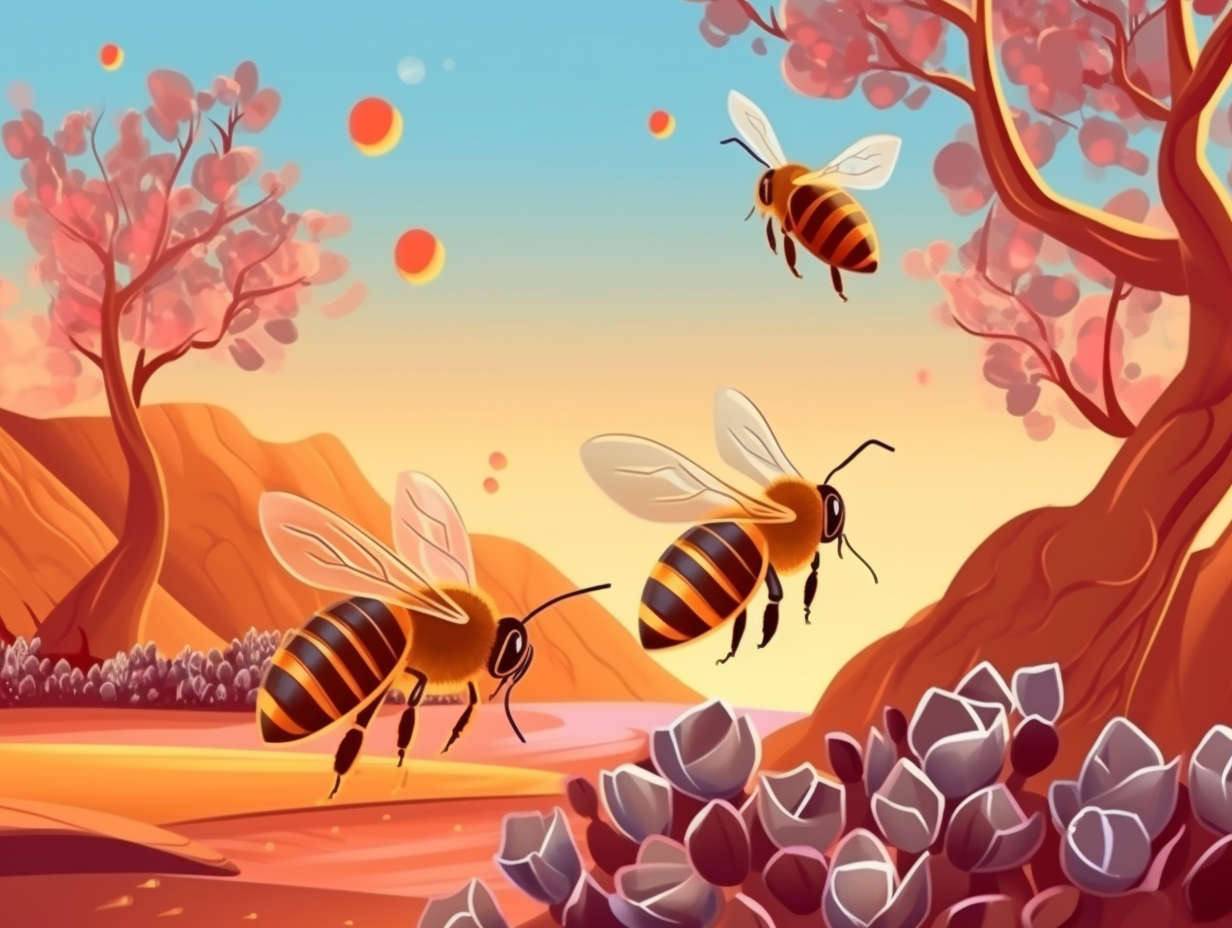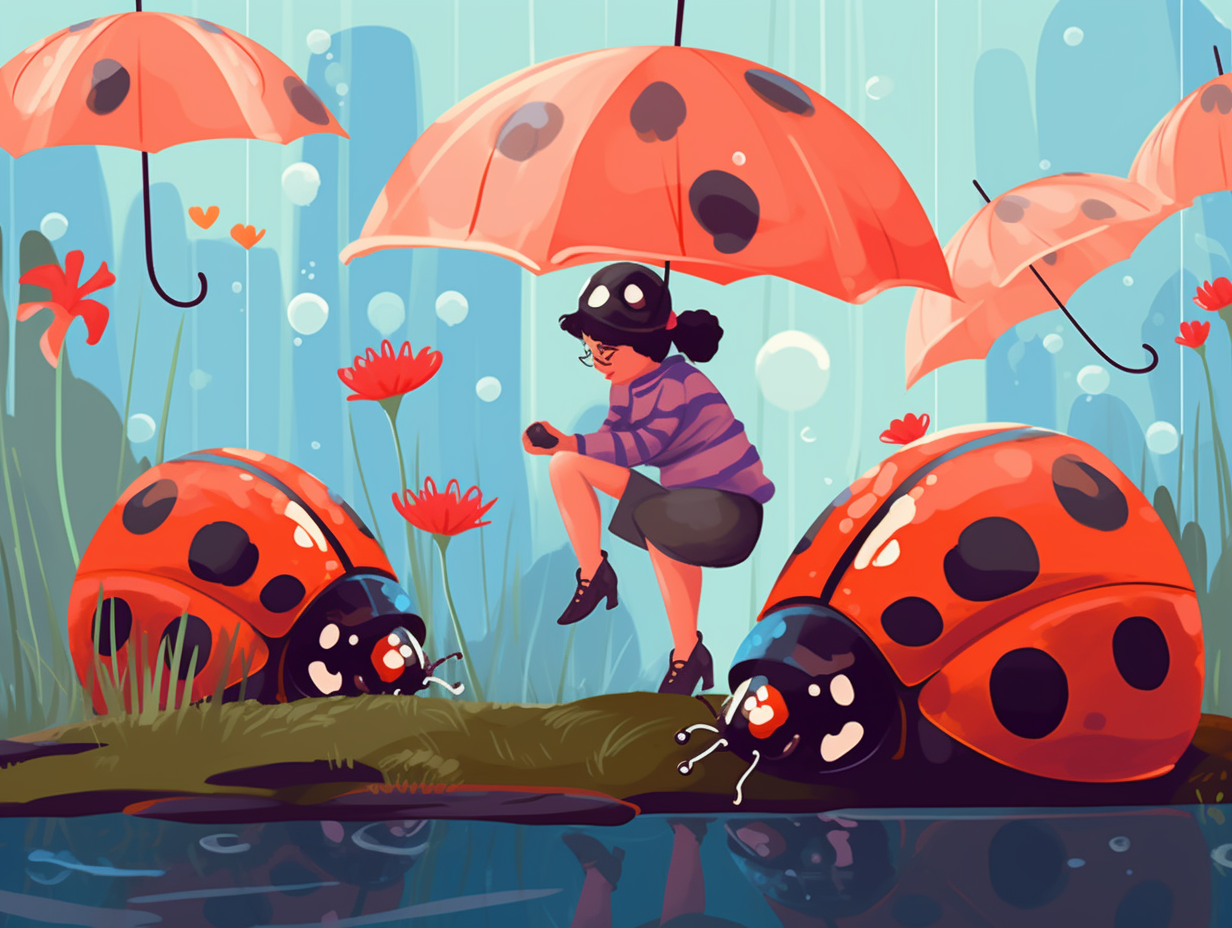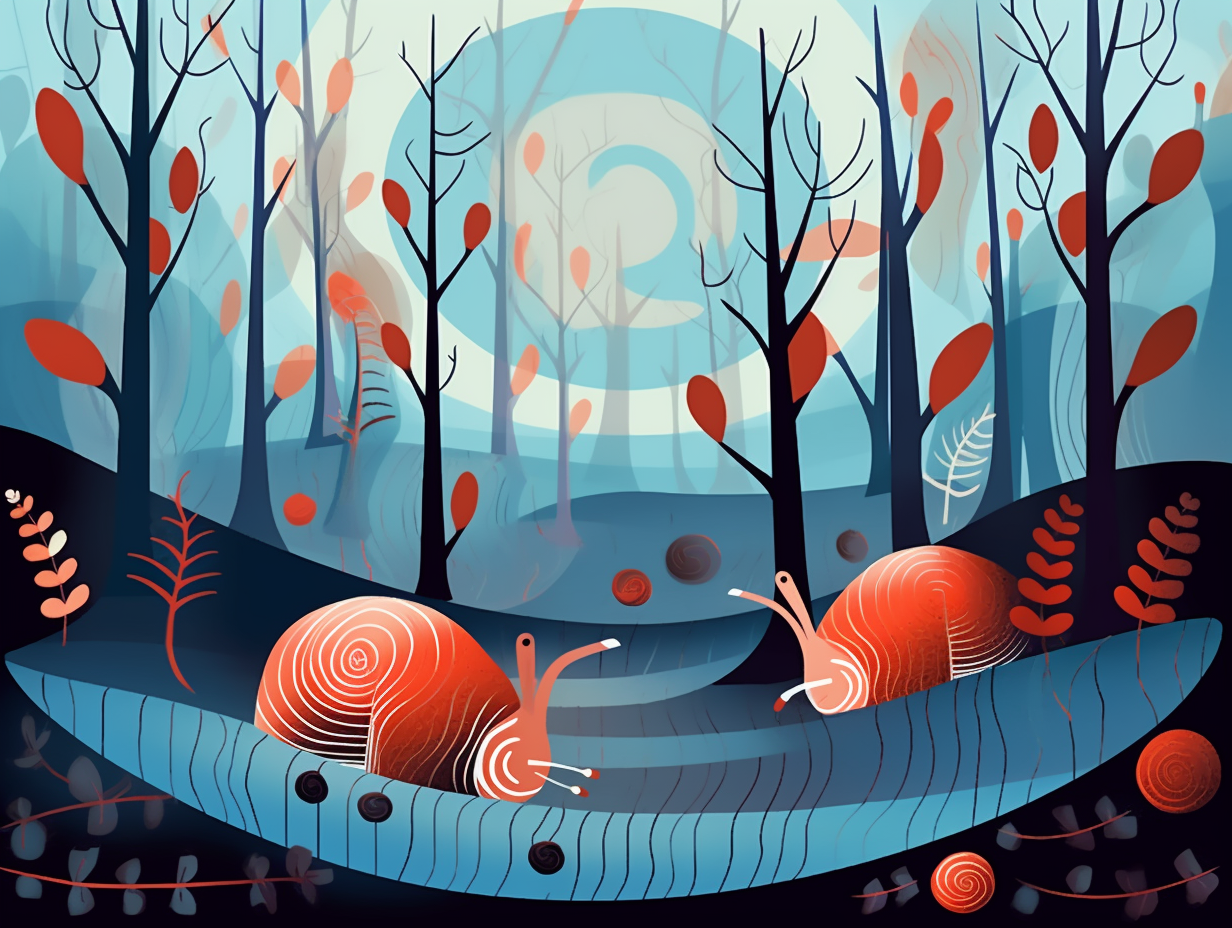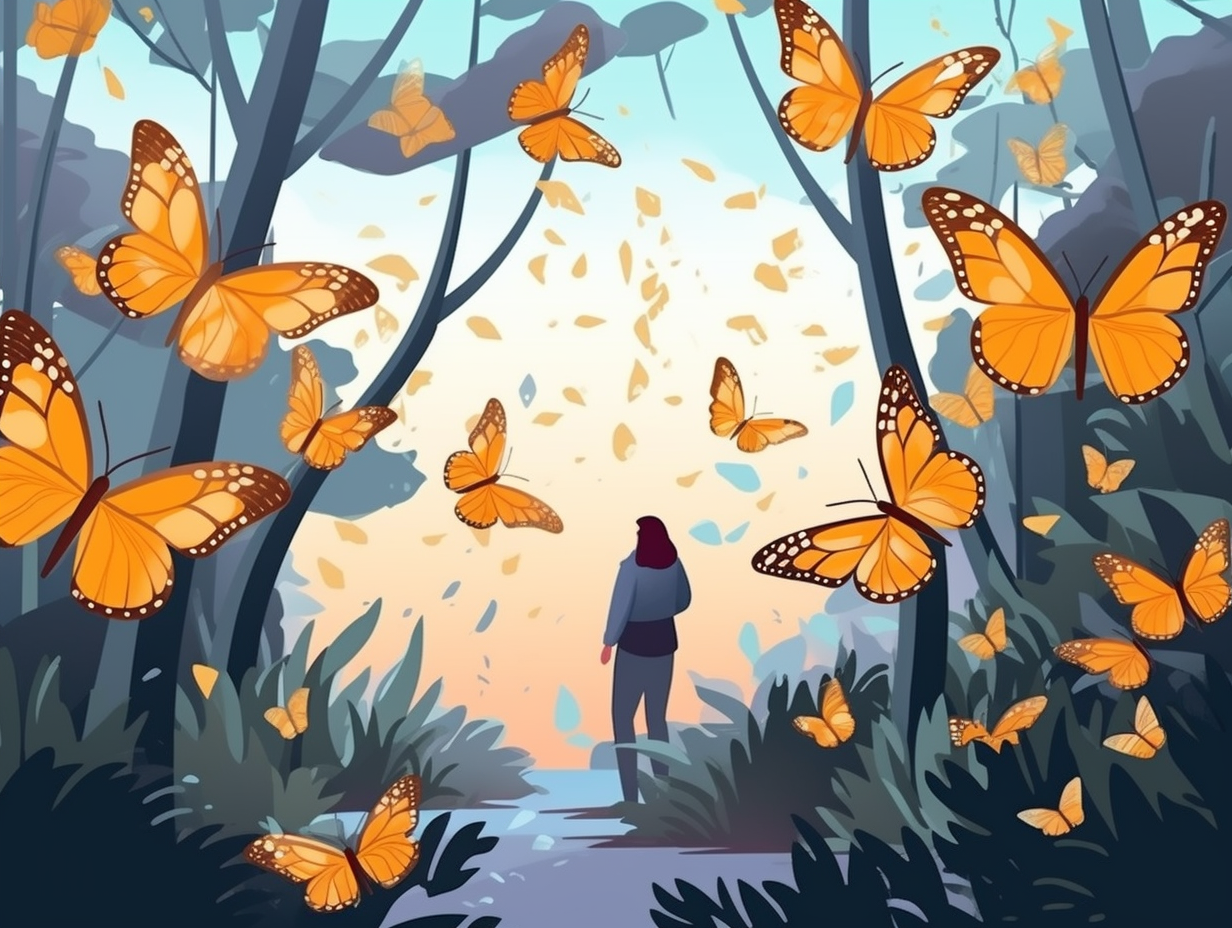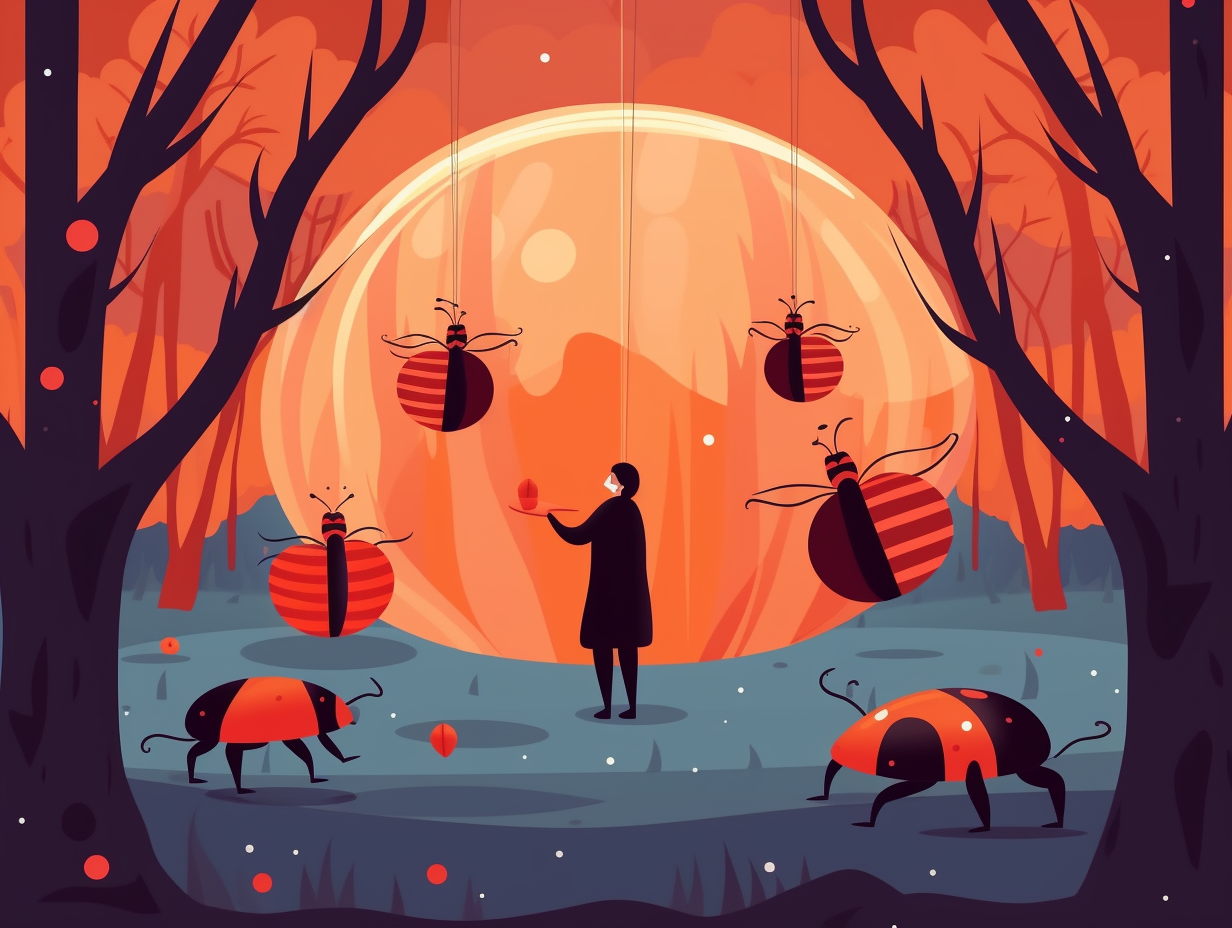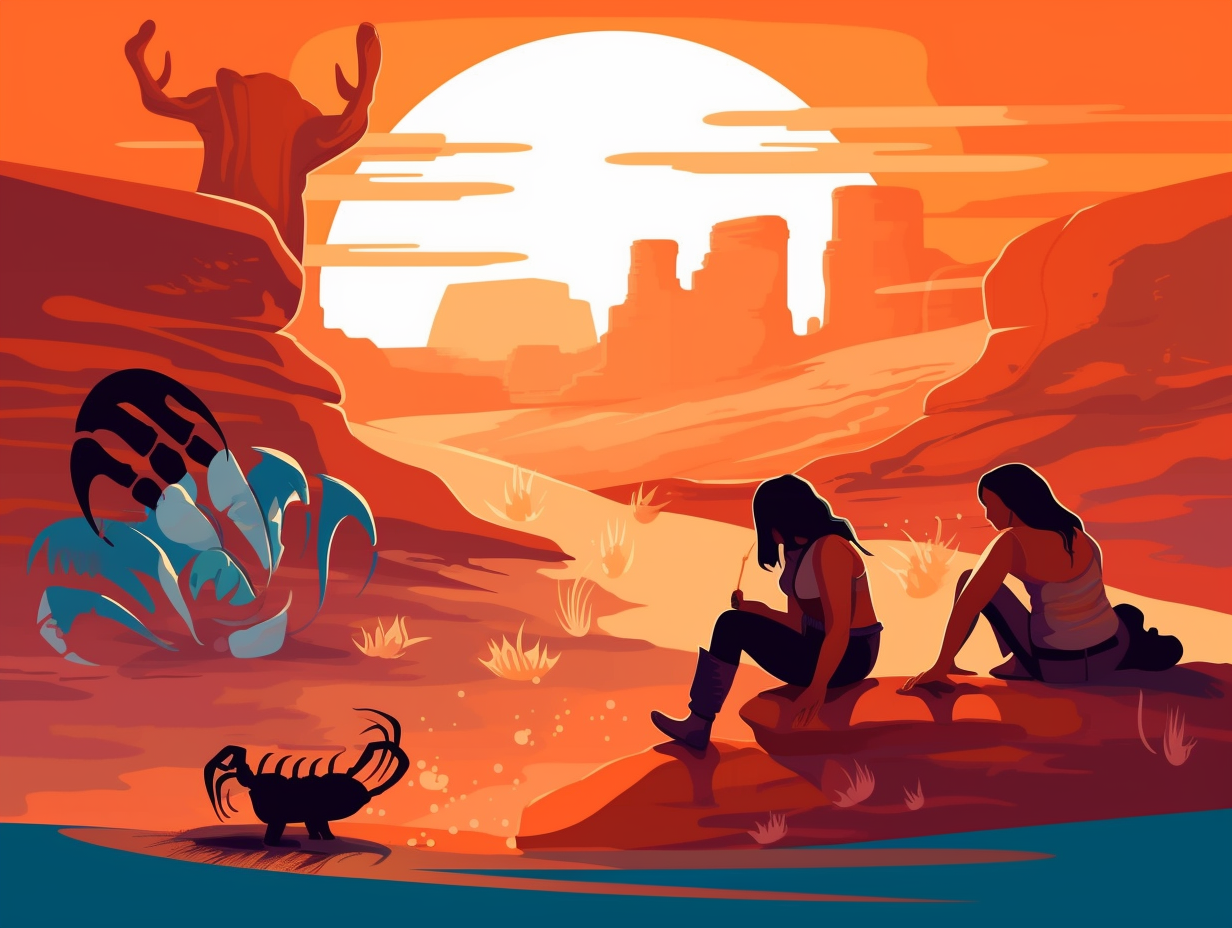Discover the Crawly World: Top 12 Entertaining Facts About Woodlice You Never Knew
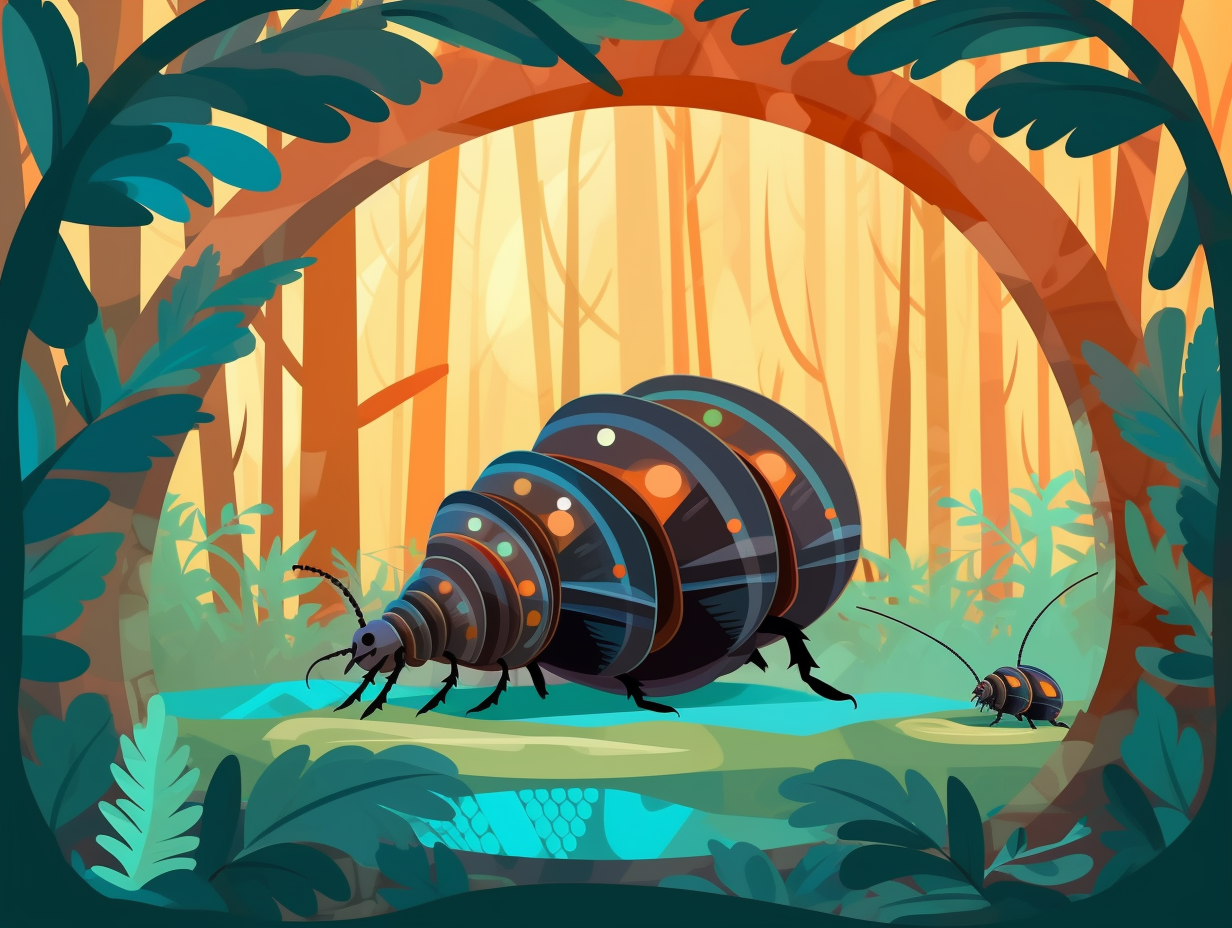
1. No Spidey Skills Here
Step aside, Spider-Man! Woodlice are the ultimate wall-crawlers - oh, wait, no they're not: In reality, woodlice cannot climb smooth surfaces like glass or plastic, relying on their specialized claws and bristles on their feet to navigate rougher terrains. Alas, their powers may not rival our friendly neighborhood superhero, but they remain a versatile bunch often found in the wild, as well as pet tanks and terrariums in our friendly domesticated neighborhoods.
Source => adoptandshop.org
2. Exoskeleton Striptease
In a two-part harmony that would make a Broadway star jealous, the woodlouse performs a unique and fascinating striptease – but it's not for a romantic rendezvous, my dear reader: The charming critter sheds its exoskeleton in two separate acts, starting with its back half, as it takes a brief intermission of two to three days before proceeding with the grand finale of losing its front half, showcasing its evolution from a marine isopod to a terrestrial troupé member.
Source => en.wikipedia.org
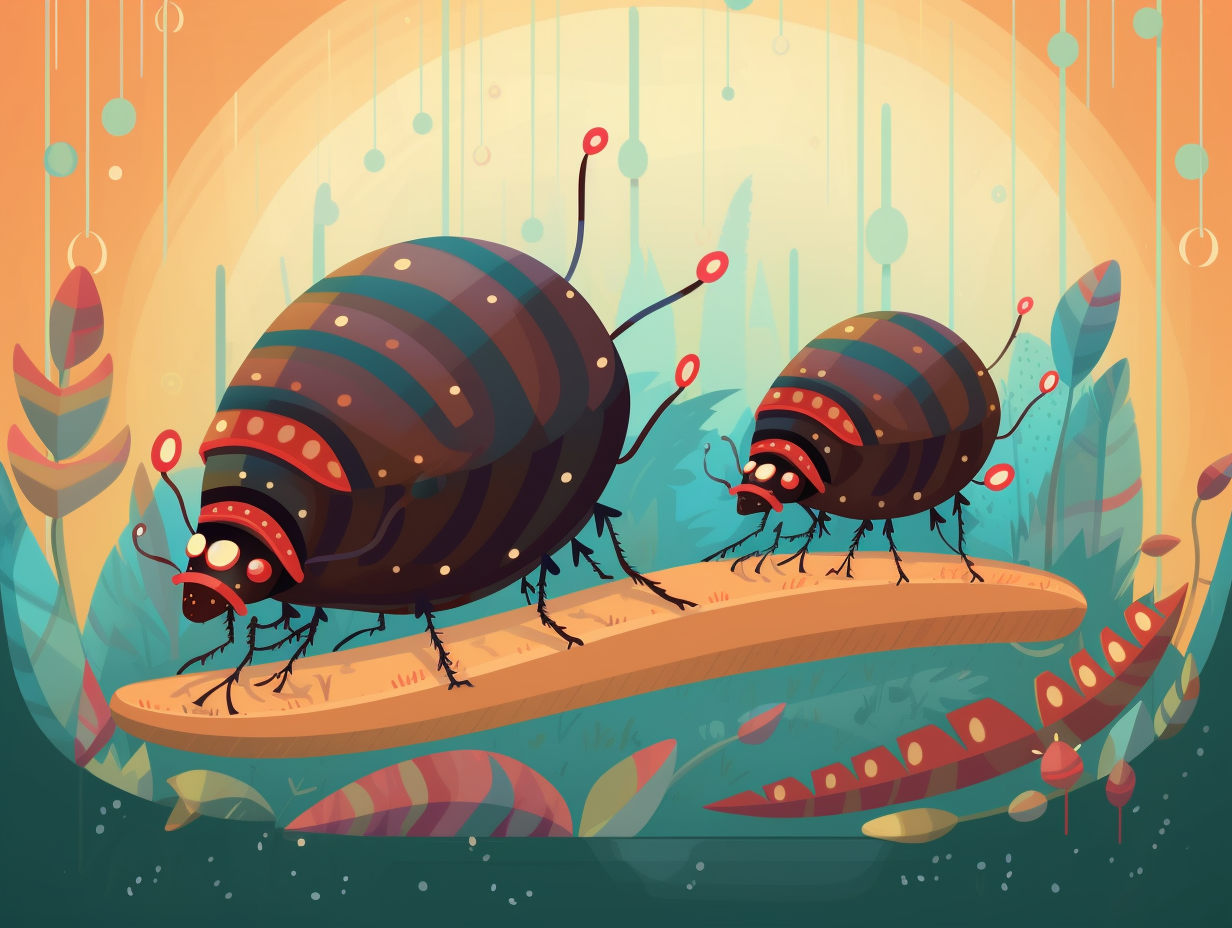
Did you know pill bugs are actually land-dwelling crustaceans related to crabs and crayfish? Discover their fascinating habits and how they benefit Mother Nature! 🦀🌿
=> Fun Facts about Pill-Bugs
3. Backyard Celebrities
Roll out the red carpet for these unassuming backyard celebrities: woodlice play an eco-friendly role by dining on the organic buffet of damp and decaying plant material, earn their keep in the food chain as a tasteful dish for shrews and toads, and even engage in wholesome family values by carting their eggs around until the little ones hatch and grow up in time for summer.
Source => rhs.org.uk
4. Crustacean Cousins
What do woodlice and seafood have in common, besides being unwelcome finds in your bed? They're all part of the crustacean family reunion: As surprising as it may sound, woodlice are actually crustaceans, sharing more genetic ties with crabs and shrimps than insects. You can find them partying it up in compost heaps or chilling under rocks, with the pill woodlouse being the ultimate introvert, curling up into a tiny defensive ball when feeling threatened.
Source => wildlifetrusts.org

5. Damp Detectives
Who would've thought that these tiny crustacean connoisseurs have a penchant for H₂O and lush, rotting accommodation? What's more surprising is they share this unwavering love for all things damp with a scorn for all things timber! Talk about being insufferable houseguests: Woodlice are a telltale sign of excess moisture and decaying wood within your home, potentially causing damage to wooden frameworks and merit attention to address underlying moisture issues, and if need be, call upon the expertise of a good old-fashioned carpenter.
Source => silive.com
6. Nature's Recycling Crew
Rumor has it that woodlice moonlight as wood-eating rockstars, shredding through timber like hot knives through butter. But here's the amusing truth: these tiny critters are actually nature's recycling crew, spending their lives munching on decaying plants and playing a crucial role in maintaining the balance of our ecosystem.
Source => animals.mom.com
7. Crustacean Casanovas
Who would've thought that woodlice have their own version of "The Bachelor"? These little crustacean casanovas vie for female attention with surprising bravado: In Hemilepistus elongatus, the heavier and more dominant males have greater chances of reproducing, thanks to the female's spermatheca morphology. However, the subspecies that reside in arid habitats like to keep things monogamous, sticking to one partner and even providing adorable parental care to their little ones. How's that for a love bug?
Source => researchgate.net
8. Supermom Struggles
Even the most stoic of woodlice moms deserve a spa day: Female Porcellio laevis woodlice go above and beyond in their parental care, but it comes at a high price, as they store 5.1-fold less daily energy during early embryonic development compared to their non-egg-carrying counterparts.
Source => pubmed.ncbi.nlm.nih.gov
9. Hufflepuff Heroes
If woodlice were to attend Hogwarts, they'd surely get sorted into Hufflepuff because they're soil's tiny unsung heroes, quietly working away in the background: These little herbivorous creatures are vital decomposers in the ecosystem, diligently munching on decaying leaves, fungus, and mold, and releasing essential nutrients back into the environment to help plants grow and maintain soil health.
Source => a-z-animals.com
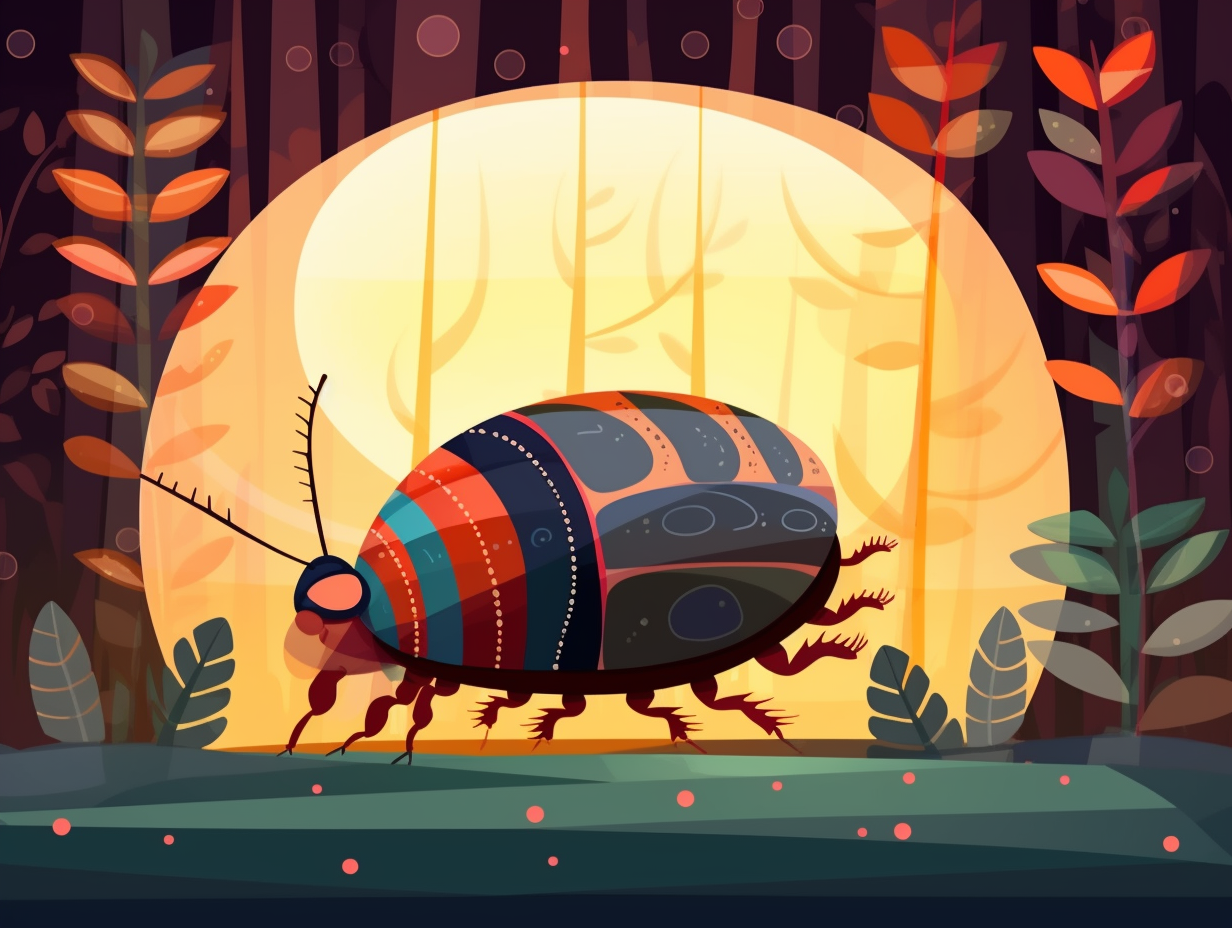
10. Shrimpy Substitutes
If you ever find yourself in a deserted island scenario with no shrimp to savor, worry not, for woodlice could rescue your taste buds: These tiny critters, belonging to the UK’s five common species that dwell in damp, dark hideouts, are crustaceans with identical legs known as Isopoda, and provide an exoskeleton-flavored protein punch when cooked properly, although their taste slightly deviates from their shrimp brethren.
Source => woodlands.co.uk
11. Hydration Influencers
Woodlice are the original hydration-obsessed influencers: they're constantly bouncing between humid hangouts and drier digs to maintain their water balance. The serious reveal: These curious crustaceans carefully calibrate their water consumption, adapting to their shelter structures and habitats as well as long-term temperature and humidity trends.
Source => brill.com
12. Ancient Squad Goals
Before dinosaurs even had the chance to call dibs on the world, a swift, sidewalk-skirting squad was already mastering the art of lurking in the shadows: The Oxyuropoda – an outsized precursor to modern woodlice – scuttled around 360 million years ago, as evidenced by new imaging technology recreations, showcasing just how staggeringly durable these crustaceans have been throughout eons of earth history.
Source => scitechdaily.com
Related Fun Facts

